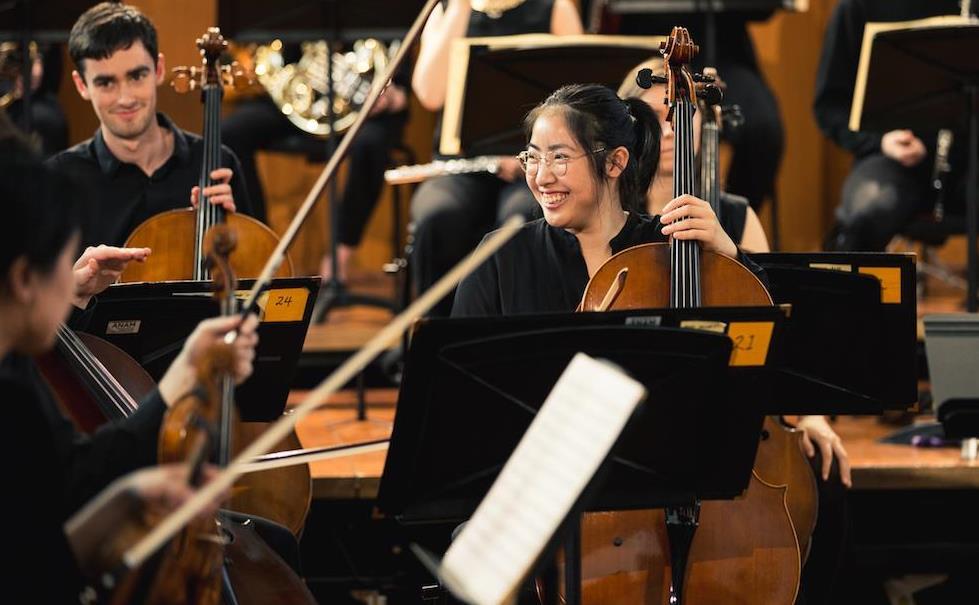While organising a room full of 70 classical musicians comprised of four musical faculties might sound hectic at the best of times, it’s an exercise in patience, technical nous and superb organisation skills to do it in an online classroom. But the Australian National Academy of Music (ANAM) have found ways to adapt since COVID-19.
‘I’ve seen some fabulous multi-tracking of orchestral pieces done where every member of that orchestra will play their single line as juxtaposed with a click track or the other person playing,’ said Tim Young, Head of Piano at the ANAM. ‘The students are able to stitch that all together and get an amazing performance out of it. But it’s not the solution.’
Young is currently coordinating the performance class at ANAM, which has been set up over Zoom. While a lot of content has been easily transferrable online, such as guest lecturers, and webinars, the most important aspect – playing – has been a little more difficult.
Students and teachers have made the most of the video conferencing platform by using break out rooms to split participants into groups, and Young has also honed his technical skills by setting up a camera with multiple angles to show students different ways to play piano, something he says has been a useful tool for teaching.
But when it comes to chamber music, it’s all about teaching students how to play together, something which, obviously, has been difficult to do online.
Read: Should I take my arts practice online?
‘Being an artform that necessitates such a degree of attention and detail around the quality of sound, that is the one thing where obviously you cannot replicate the real thing,’ Young said. ‘It’s been a great way for us to keep moving forwards but it is not a substitute.’
Like ANAM, the Australian Music Examinations Board (AMEB) has also had to adapt their way of doing things to a new model, teaching their students online, and embracing the steep learning curve with creativity.
A national body with the purpose of providing graded assessments of the achievements of music, speech and drama students, AMEB has responded in a number of ways to support their teachers, examiners and the sector.
‘We knew that teachers wanted to keep teaching and we thought about how we could best help that. Providing webinars that helped teachers get online was one step. Providing free resources so that teachers and students could get on with music learning was another. We focused on coming up with very practical measures that will really help keep teachers teaching and the music playing, ’ said Bernard Depasquale, CEO, AMEB.
AMEB have developed an ongoing series of webinars, called Break The Isolation which feature interviews with musicians, teachers and other experts in their field and which cover topics such as strategies for teaching speech and drama online as well as providing tools for wellbeing and connection in social isolation.
Although ANAM have too organised a series of guest lecturers for students, such as inviting conductor Simone Young, singer Barbara Hannigan and world renowned critic Norman Lebrecht to keep students inspired while COVID plays out, nothing beats the real thing.
‘When it comes to the context of chamber music, it’s this capacity to play together. There are all those considerations around empathy and responding in real time, responding spontaneously to something that is happening,’ Young said.
‘And of course the other side to that feedback is the audience, and that’s a huge part of the experience as well and when you’re training musicians to be performing musicians you need the real setting to truly experience what is required of it. From that context we just can’t wait to be able to get back into a real life situation.’





